Crocodile lizard, snail-eating turtle among 115 new species discovered in South Asia
Thousands of new species have been found in Greater Mekong in the last 20 years.
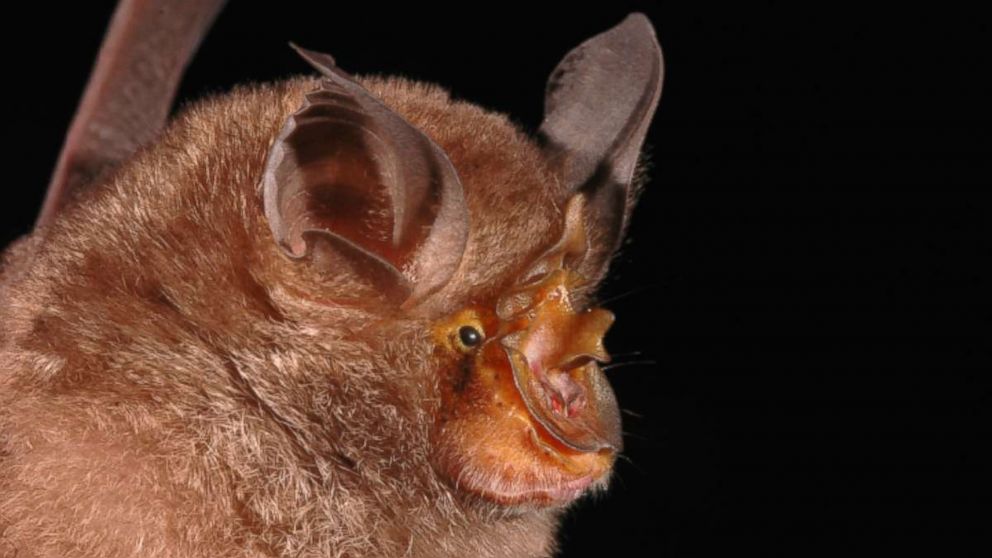
— -- An expansive new report describes more than 115 new animal and plant species that were previously undiscovered in the Greater Mekong region of Asia, according to the World Wildlife Fund.
Although the area is considered at risk for native species because of development and other changes, the discovery of these species is a welcome sign for scientists.
"While the threats to the region are many, these discoveries give us hope that species from the tiger to the turtle will survive," Stuart Chapman, a representative for the WWF's Greater Mekong region, said in a statement.
The report details some of the discoveries, including a crocodile lizard, a snail-eating turtle and unique moles. Altogether, there were 11 amphibians, 11 reptiles, three mammals, two fish and 88 plants, researchers said.
The Greater Mekong region is one of the most diverse plant and animal environments in the world. Over the past 20 years, more than 2,500 species have been discovered — roughly two discoveries per week.
"It's incredible that new mammals are being discovered, which really shows that while the region is under intense stress from development," said Lee Poston, the communications adviser for WWF Greater Mekong. "There are still remote, unexplored areas that are yielding incredible new discoveries."
This region of South Asia surrounds the Mekong River, which runs through southern China, Myanmar, Laos, Thailand, Cambodia and Vietnam.
"[Greater Mekong's] landscapes range from dusty savannas to dense rain forests, from slow-moving rivers to icy torrents," Poston said about the region's biodiversity.
The area is also home to at-risk species like tiger, elephants, giant stingrays and other lesser-known but similarly threatened species, according to the WWF.
Here are highlights of the discoveries:
Vietnamese crocodile lizard, Shinisaurus crocodilurus vietnamensis
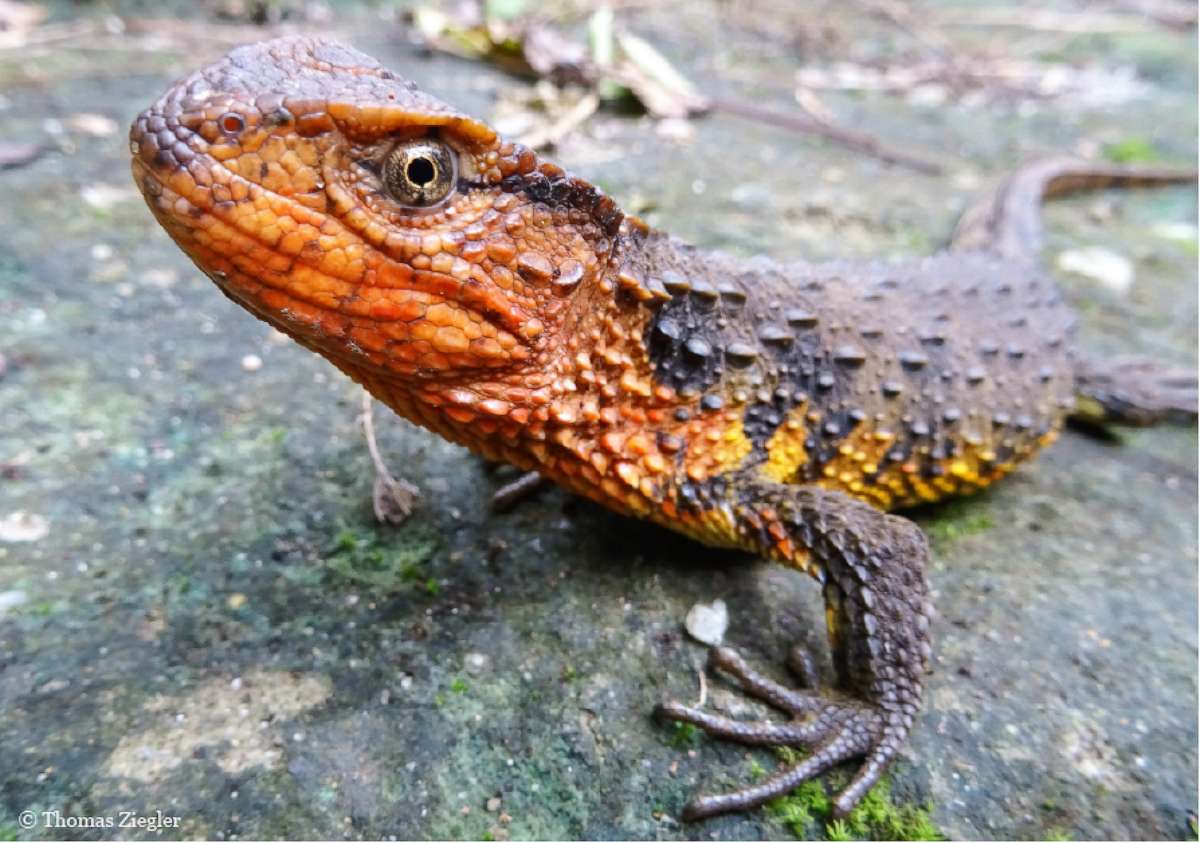
"[The Vietnamese crocodile lizazrd] looks like a dinosaur," said Poston.
The species was discovered by Thomas Ziegler, the biodiversity research and conservation projects coordinator for Vietnam and Laos for the Cologne Zoo, and lives in freshwater and evergreen habitats.
There could be as few as 200 living in Vietnam, and they are threatened by mining and collectors who sell them as pets.
The lizard inspired a comic strip cartoon character that explains to kids why he needs to be protected, Poston said.
Snail-eating turtle, Malayemys isan
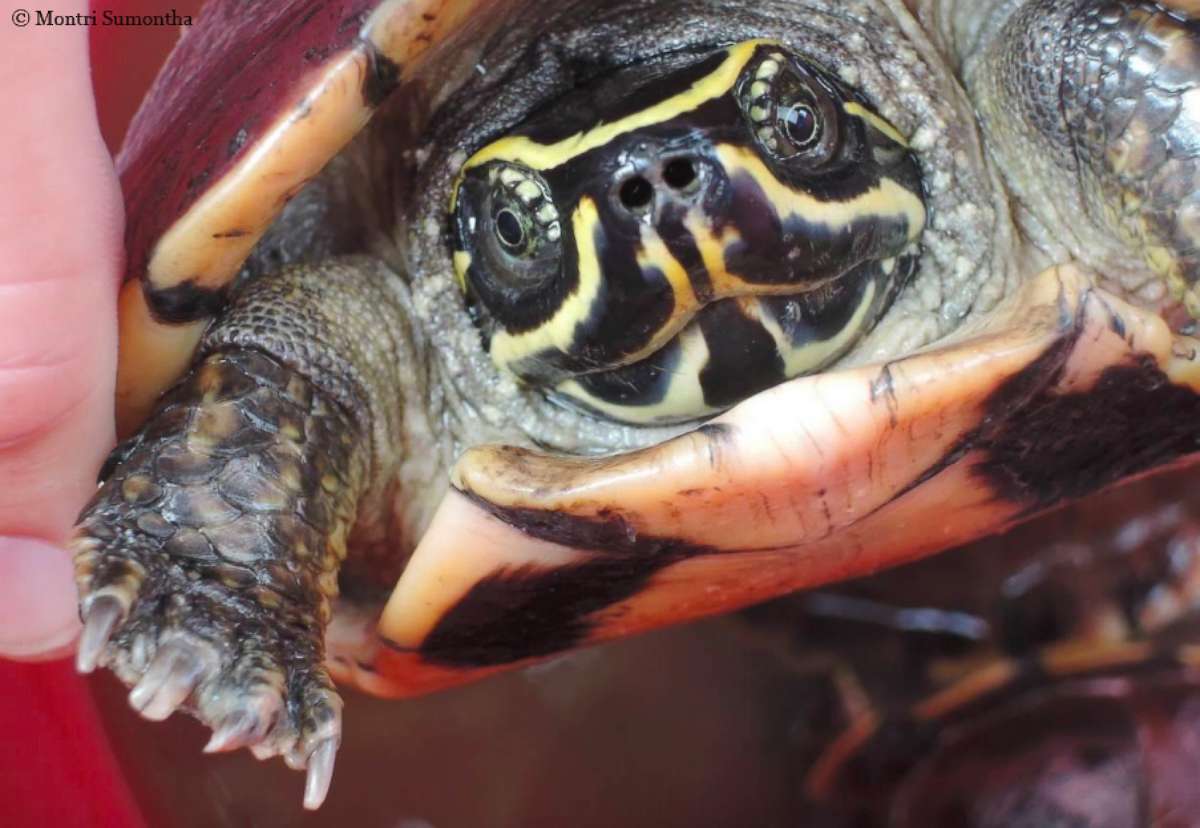
A local market in Thailand was selling this turtle among other species, and it caught the eye of Montri Sumontha, a herpetologist at the Department of Fisheries in Thailand.
"This really brings home the threat of poaching and wildlife trade, especially in the Golden Triangle region, where Laos, Myanmar and Thailand meet, where rare and endangered species are often openly sold in markets, restaurants and shops," said Poston.
The turtles were living in a canal and are continually threatened by dams and other infrastructure.
Mole, Euroscaptor orlovi
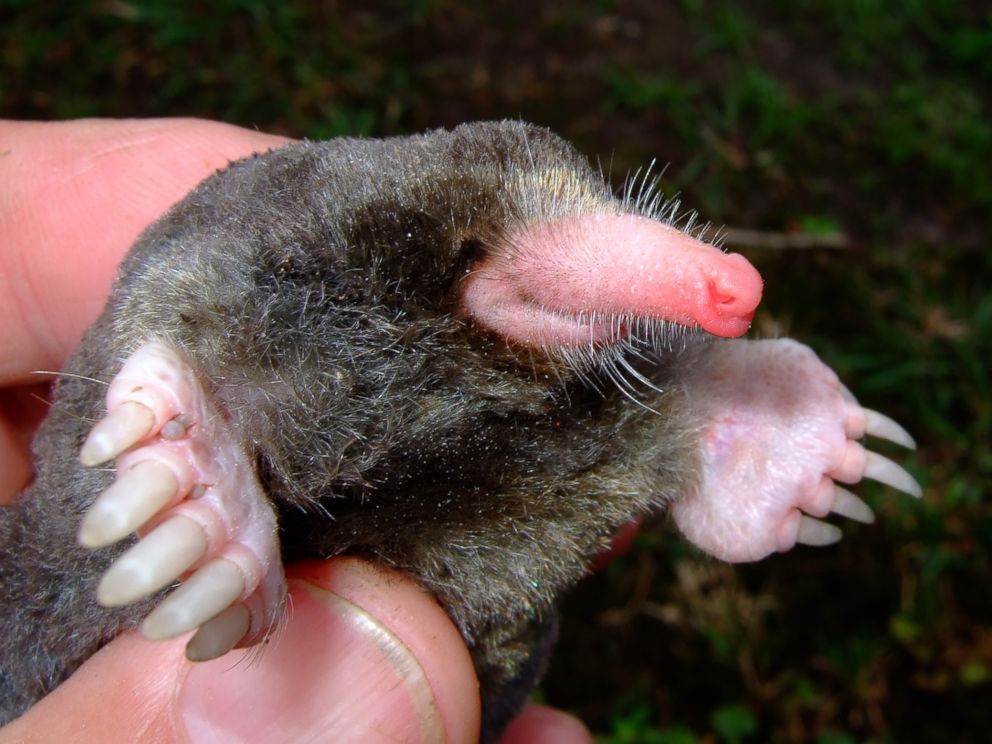
The Euroscaptor orlovi is one of two moles that were discovered in Thailand.
The species stayed safe from poachers and development because they live underground in a protected environmental area, but they are still considered under threat.
Frog, Odorrana mutschmanni
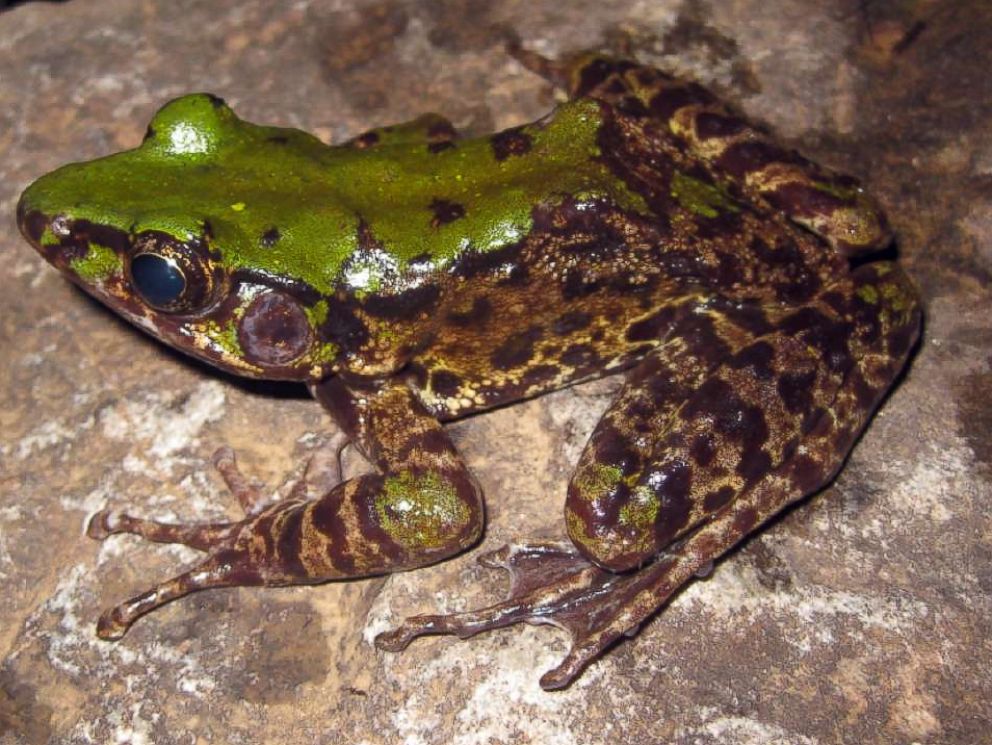
Threatened by mining and road construction, this frog is among five new species found in the same forest in Vietnam.
All five of the newly documented species are threatened, Poston said, also because the forest is on karst, meaning the bedrock is made of an easily dissolved substance — in this case limestone, which is quarried for cement manufacturing.
Mountain horseshoe bat, Rhinolophus monticolus
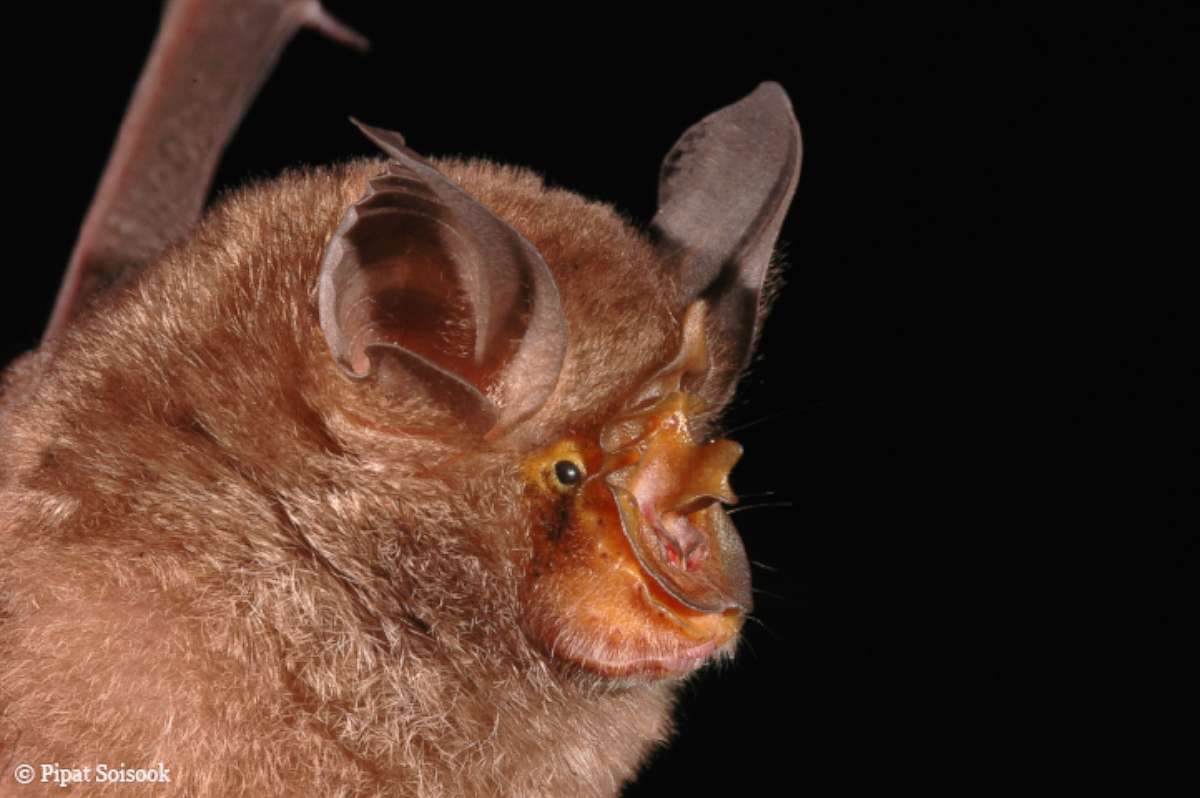
"A mountain horseshoe bat has an incredible, grotesque facial structure that makes it look like an extra from 'Star Wars,'" said Poston.
After it was found in the forests of Laos and Thailand, scientists spent 10 years confirming the bat was a new species.
Before an official report on the swath of new species can be issued, it will take some time to analyze and confirm the new findings.
"We have to wait until all of the 2016 discoveries have been published and then conduct the analysis," Poston said, adding that scouring the scientific databases and reaching all the field scientists will add to the challenge.
And the discovery of the more than 115 species, WWF said, comes at a time that the Mekong region is under pressure to build roads and develop some of its untamed environments.